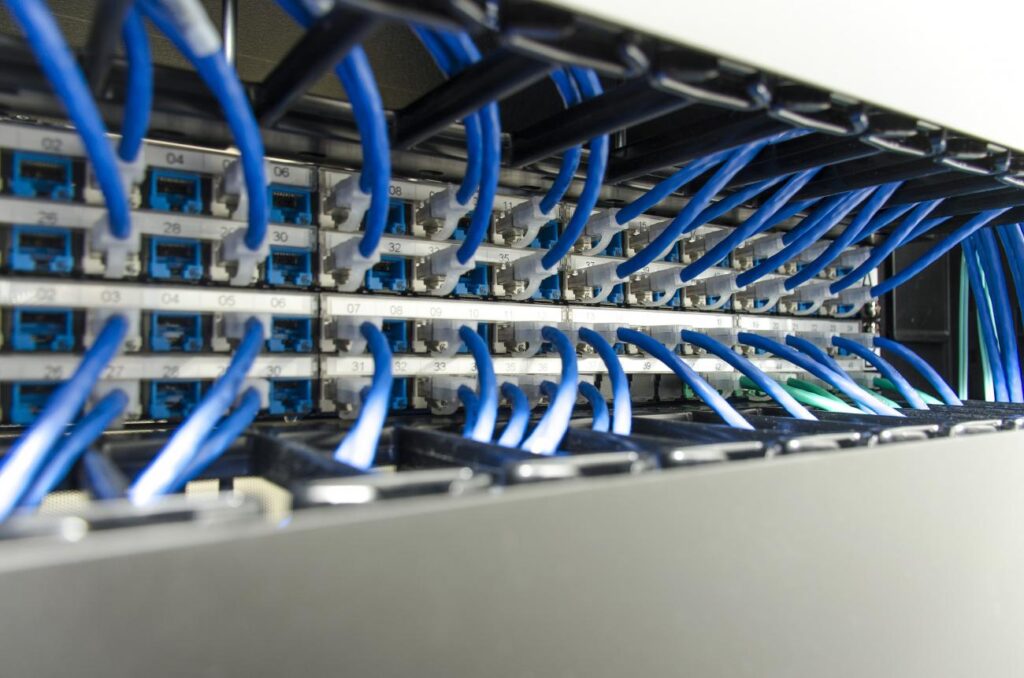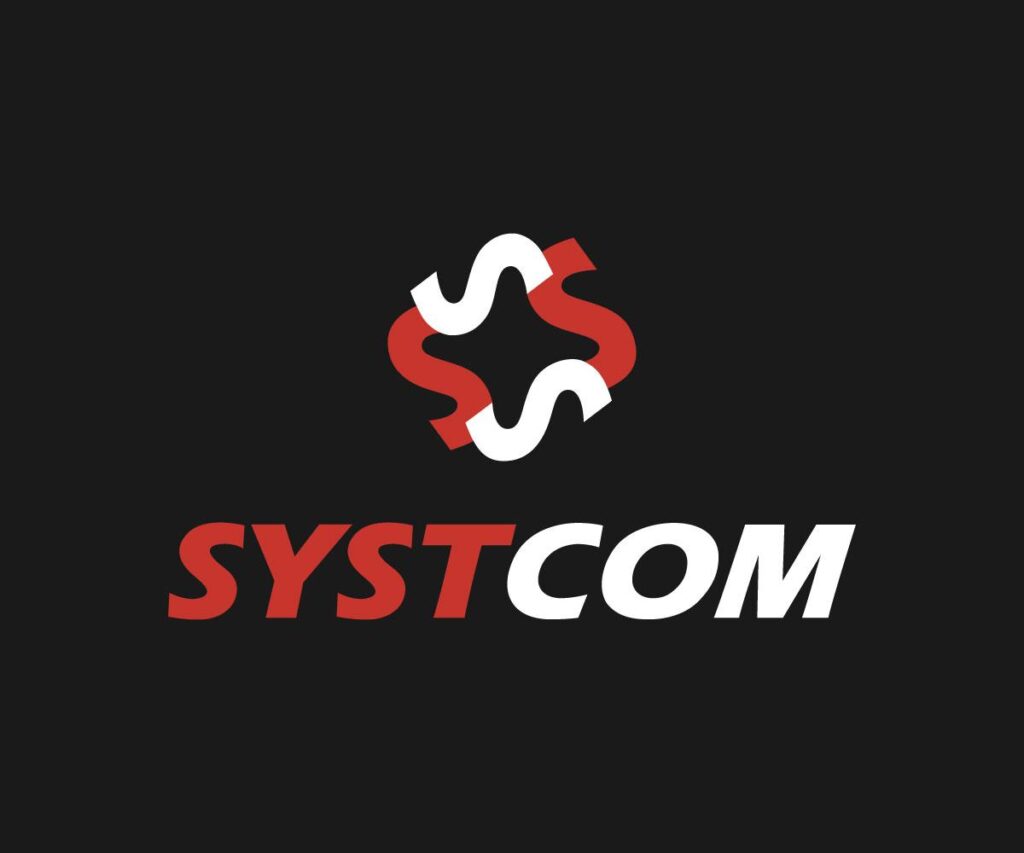To effectively safeguard your business and its assets, investing in a robust security camera system is crucial. However, the instalFiber networks can better meet the demands of high-speed data transmission, security, scalability, and reliability. Learn the key benefits and details of the installation location process can be complex, requiring careful planning and execution.
In our rapidly advancing digital age, high-speed internet access has become an essential utility, driving economic growth, innovation, and improved quality of life. The key to achieving lightning-fast internet connections lies in the installation of a robust fiber cable plant and a well-designed fiber backbone network.
In this blog post, we will explore the importance of these components and the steps involved in their installation.
Understanding Fiber Optic Cables

Fiber optic cables, often referred to simply as “fiber,” are made of thin strands of glass or plastic that transmit data using pulses of light. This technology offers several advantages over traditional copper cables, including faster data transmission speeds, greater bandwidth capacity, and resistance to electromagnetic interference. Fiber optics are the backbone of modern telecommunications networks, enabling everything from high-definition video streaming to cloud computing.
The Importance of a Fiber Backbone
The fiber backbone, also known as the fiber backbone network, is the central part of a telecommunications infrastructure. It serves as the main highway for data traffic, connecting various access points to the Internet and other communication networks.
It is what connects everything within your facility or campus. From the receptionist desk to the support offices and down to the warehouse, the fiber backbone is what ensures efficient communication throughout the entire facility.
A robust fiber backbone is critical for ensuring seamless connectivity and meeting the growing demands of data-intensive applications. The benefits of having a fiber backbone network are numerous and include:
High Data Transmission Speeds: Fiber optic cables offer exceptionally high data transmission speeds. They can transmit data at the speed of light, providing much faster data rates compared to traditional copper-based cables. This high speed is essential for handling the ever-increasing demands of modern applications and services.
Greater Bandwidth: Fiber optics have a vast bandwidth capacity, meaning they can carry a significant amount of data simultaneously. This makes fiber backbones suitable for handling multiple data streams, including voice, video, and data, without congestion or degradation of service quality.
Low Latency: Fiber optic cables have minimal signal delay, also known as latency. This low latency is crucial for real-time applications, such as real-time monitoring, video conferencing, and financial transactions, where even small delays can be disruptive or costly.
Long-Distance Transmission: Fiber optics are capable of transmitting data over long distances without significant signal loss. This feature is vital for connecting geographically distant locations, such as data centers, offices, or remote facilities.
Reliability and Stability: Fiber optic cables are immune to electromagnetic interference (EMI) and radiofrequency interference (RFI), which can disrupt data transmission in copper cables. This makes fiber backbones highly reliable and stable, even in challenging environments.
Security: Fiber optic cables are difficult to tap or intercept because they do not radiate electromagnetic signals like copper cables. This inherent security feature is crucial for protecting sensitive data.
Future-Proofing: Fiber optic technology has a long lifespan and can support evolving network requirements. Investing in a fiber backbone network is a future-proof solution that can adapt to increasing data demands without needing frequent upgrades.
Scalability: Fiber optic networks are easily scalable. Additional fibers can be added to the existing infrastructure to accommodate more data traffic, without the need for major overhauls.
Redundancy and Disaster Recovery: Fiber backbones can be designed with redundancy, ensuring that if one path fails, data can still flow through an alternate route. This redundancy enhances network resilience and disaster recovery capabilities.
Low Maintenance: Fiber optic cables require less maintenance compared to copper cables because they are less susceptible to corrosion and wear over time.
In summary, a fiber optic backbone network offers superior speed, capacity, reliability, and security, making it the ideal choice for organizations and service providers looking to build a robust and future-proof communication infrastructure. It enables the efficient and seamless transmission of data, supporting the growing demands of today’s digital world.
Installing The Fiber Cable Plant
Installing a fiber cable plant involves setting up the infrastructure for transmitting data using fiber optic cables. Building a reliable fiber cable plant and backbone network is a complex process that requires careful planning and execution. Here are the key steps involved:
1. Site Survey and Planning:
- Conduct a thorough survey of the installation area to assess factors such as terrain, existing infrastructure, and potential obstacles.
- Create a detailed project plan that outlines the network’s layout, fiber cable routes, and equipment placement.
2. Obtaining Permits:
- Depending on the project’s scale, you may need various permits and approvals from local authorities and property owners to lay fiber cables.
3. Fiber Cable Installation:
- Excavate trenches or install underground conduits to house the fiber cables.
- Lay the fiber cables carefully, ensuring proper depth and separation from other utilities to prevent damage.
4. Splicing and Termination:
- Fiber optic cables often come in long rolls and need to be spliced together to create a continuous connection.
- Terminate the fiber cables with connectors to interface with networking equipment.
5. Testing and Quality Assurance:
- Perform comprehensive testing to verify the integrity and performance of the installed fiber cables.
- Address any issues or faults promptly to ensure a reliable network.
6. Network Integration:
- Connect the newly installed fiber cable plant to the core network, creating a seamless fiber backbone.
- Configure networking equipment and ensure proper data routing.
It’s essential to have a skilled and experienced team or contractors who specialize in fiber optic cable installation, as it requires technical expertise and precision. Additionally, always follow industry standards and best practices to ensure a reliable and high-performance fiber cable plant.
Installing Fiber for a Modern Business Process
Fiber optic cabling offers numerous advantages that better support the demands of modern businesses compared to traditional copper cabling. Fiber networks can better meet the demands of high-speed data transmission, security, scalability, and reliability.
As businesses continue to rely on data-intensive applications and technologies, fiber cabling provides a future-proof and robust solution to support these requirements.
Fiber cabling provides a solution that supports a wide range of modern technologies, spanning from healthcare and manufacturing facilities to financial and educational institutions, as well as data centers and logistics companies.
As a Maryland-based cabling company, we have helped many organizations implement a strong fiber network. Contact us if you have questions on the implementation of fiber optic cabling or would like to request assistance on a project.


